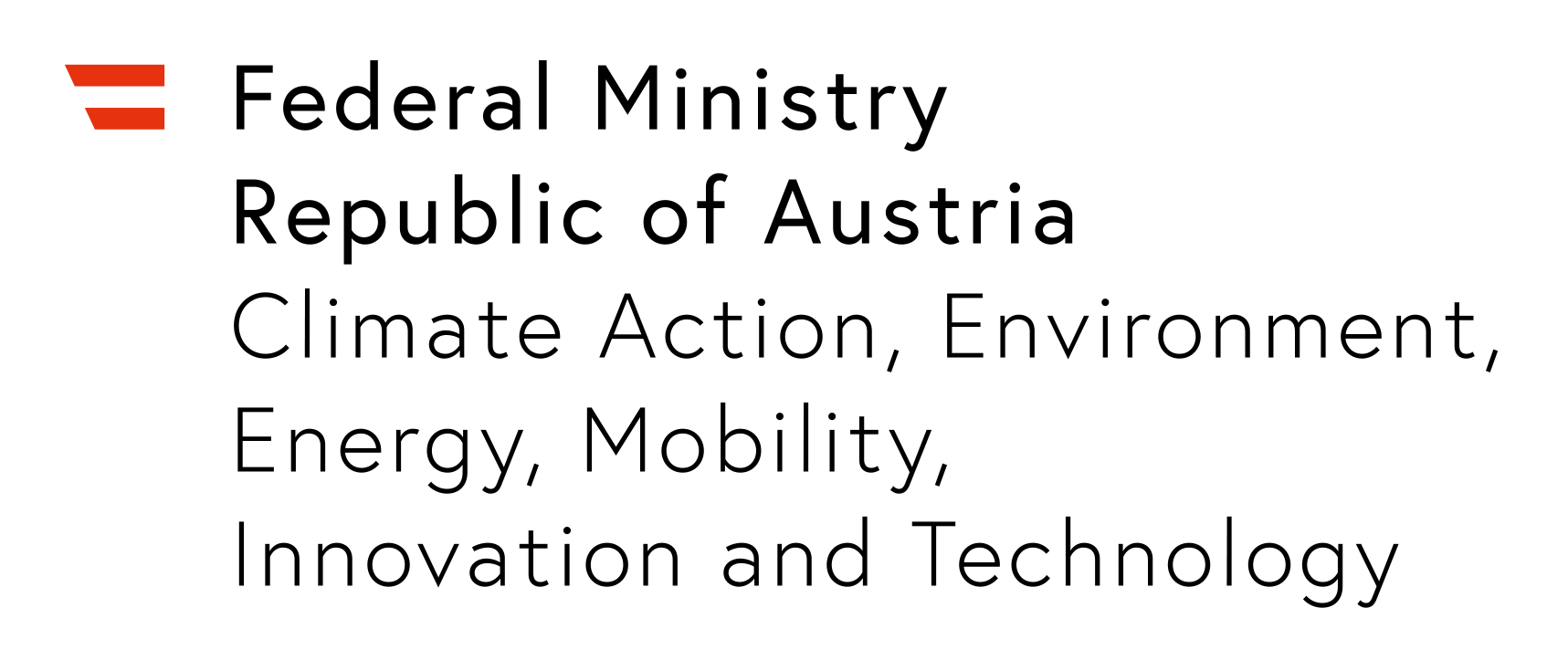07 March 2022
By 2030, the Internet of Things (IoT), i.e. the networking of electronic systems from household appliances and vehicles to industrial production facilities, is expected to comprise more than 24 billion devices worldwide. A development that is accompanied by growing data volumes – also in the production environment due to the increasing number of IoT-capable devices and sensors.
Alternative to classic cloud solutions
Especially in cloud computing, transmission via Internet can lead to high costs. This is where edge computing plays an important role, taking over data compression and minimizing the data flow towards the cloud. But what does a company have to pay attention to, if it wants to adapt this key technology to its systems, and what is the significance of an edge system for the industry?
These questions were addressed by Prof. Matthias Weigold, Markus Weber and Benjamin Brockhaus from PTW TU Darmstadt together with Stefan Dumss from MIVP TU Wien. Both institutions are leading the Austrian-German Gaia-X lighthouse project EuProGigant, which stands for the smart and sovereign use of data in the European industry. With the support of other co-authors, they have prepared the white paper Edge Computing in the EuProGigant Project: Vision – Understanding – Delimitation. It defines the conceptual basis and helps to better understand the diverse uses of edge systems in manufacturing in the context of Gaia-X.
Edge technology as an important building block in the EuProGigant project
“For us as a project consortium, the use of edge technology represents a crucial step in building a resilient value chain and learning ecosystem,” says Weigold. “With the proposed EuProGigant Edge system, we want to connect cyber-physical production systems in particular. In addition to communication and data exchange, a common data infrastructure should also enable the distributed processing of software functions,” adds the institute director.
The authors give readers insights into the vision of future edge computing in the EuProGigant project and inform them about proven approaches to integrating edge computing into the manufacturing environment. In addition to an analysis of suitable hardware components and a differentiation from fog and cloud computing, they also address questions of liability and reassessment of the company’s own CE conformity that must be answered when retrofitting edge computing solutions to existing installations.
The whitepaper Edge Computing in the EuProGigant Project: Vision – Understanding – Delimitation is available for download in German and English.





